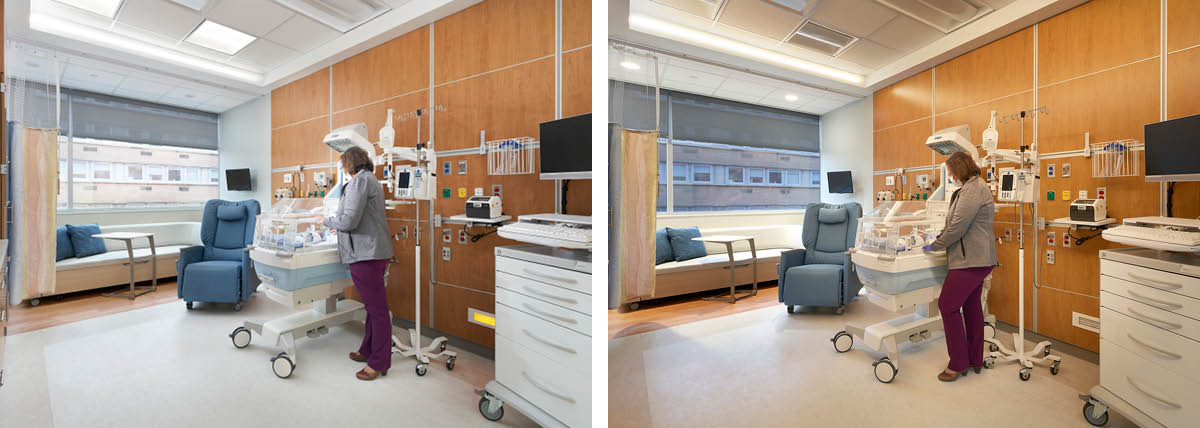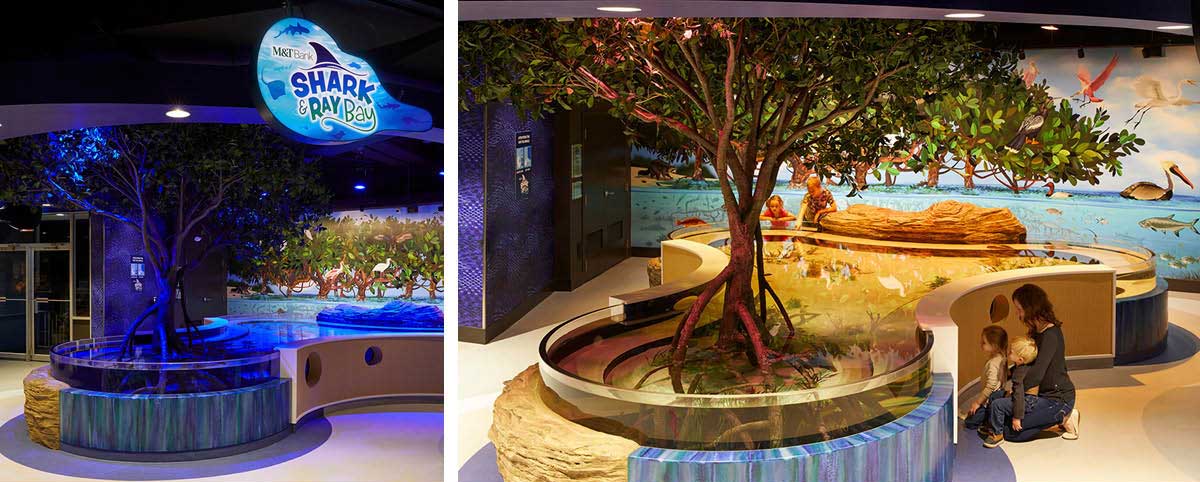Nearly every living thing on Earth is influenced by a biological response known as circadian rhythm.
Cued by nature’s 24-hour day/night cycle, this involuntary, physiological process is like a clock that regulates the inner workings of living things to promote optimal health and wellbeing.
As designers, we stay connected to the latest science, news and technologies that are proven to enhance wellness, especially indoors. This naturally prompts us to wonder if spending long hours indoors under artificial lighting is negatively impacting our all-import circadian cycle?
A host of scientific studies back-up what we suspect is true: the circadian process can be greatly affected by too much artificial light and not enough exposure to the natural day/night light movement.
Quality of sleep, mental health and acuity, physical performance, mood, reproduction, and metabolic activity are just some things that can be negatively impacted by a disrupted biological clock. Not limited to humans, animals and plants also feel the effects when this process is out of step.
Fortunately, science and design have come together to develop an effective solution to help our bodies reset. Circadian lighting is designed to mimic the intensity, color, and timing of nature’s sleep and wake cycle. When used strategically indoors, it has shown to significantly improve health and wellbeing by working in harmony with our biological rhythm.
Offices, schools, hospitals, behavioral clinics, and other healthcare settings are just some of the places where this lighting has proven beneficial. In fact, a profound example of its success is its strategic use in neonatal intensive care units (NICUs). Studies show that infants exposed to cycled lighting while in the hospital go home sooner, establish feedings earlier, and go on to develop better language and motor skills as they age.

Further illustrating the dramatic impact that circadian lighting has on human health is when employees report on the benefits they feel when it’s used in an office setting. Enhanced mood and mental sharpness – even lowered blood pressure – are often experienced, especially when compared with those spending most of their days exposed to glaring artificial light.

Our non-human friends demonstrate proven health benefits from this lighting, too. With many animals and plants being nocturnal and just as many more highly sensitive to artificial and/or bright daylight, natural light cycles are critical to their survival. When used in aquariums, zoos and other indoor animal and plant settings, circadian lighting has proven highly successful in keeping these unique, often endangered, life forms balanced and thriving.

The International WELL Building Institute (IWBI) supports circadian health and has set a minimum threshold for daytime light intensity. At present, there are a handful of therapeutic lighting options to employ, with most simply providing varying color, tone/temperature and intensity light levels based on what we would typically experience in a normal, natural 24-hour day light cycle.
In understanding our physiology, we know how indoor lighting affects us and recognize what can be done to counter-act its negative impact. Science and design have collaborated to bring the outdoor light cycle inside to help reset our biological clocks and illuminate mind and body wellbeing, naturally.

